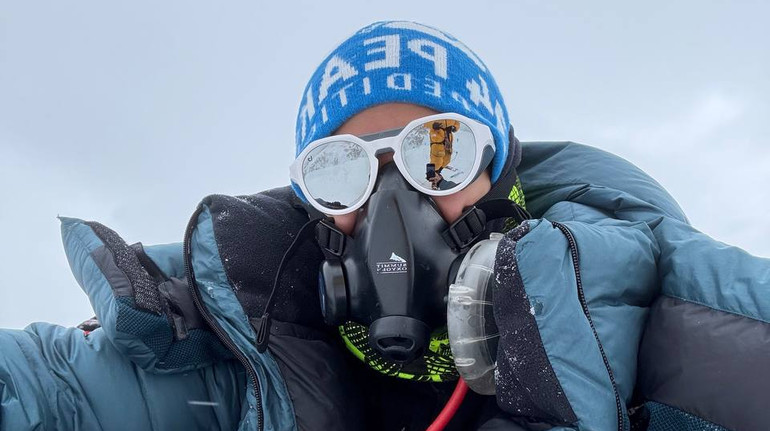The jawbone in the sea provides clues to extinct denisovaman

Most people know our « cousin » Neanderthal. Significantly fewer have heard of the Denissovan. No wonder maybe, since the discovery of this human species was not made with the help of any spectacular fossil finds. Instead, it is based solely on a DNA analysis that was performed in 2010 by a research group in Germany, with the Swede Svante Pääbo at the forefront.
– They analyzed the genetic mass in small bone fragments found in the Denisovrottan in Siberia. That’s all there was. Nevertheless, it was found that it was a whole new species that lived in parallel with the Neanderthals and our own species, says Lars Werdelin, professor of paleontology at the Natural History Museum in Stockholm.
Handy fossil So it was bad. In May 2019, however, researchers were able to show that a jawbone that had previously been discovered in a cave on the Tibetan high plateau also belonged to the Denisova. Researchers have now identified a third fossil, also a jawbone found in 2008 by fishermen outside Taiwan.
– It’s pretty shallow between China and Taiwan. During the ice ages, the water level was so low that the two land masses were put together, says Lars Werdelin.
The jaw bone is called money 1. But in the current study, which is reported in the journal Science, the researchers have not analyzed the jaw bone’s inheritance, but its proteins. Since the sequence of amino acids that constitutes a protein is determined by what the genetic mass looks like, the order of these amino acids also says something about the genetic mass. In addition, proteins are not broken down as easily as DNA.
– We first tried to get DNA, but failed. Then we started looking for proteins instead, because some of the variation that exists in DNA can be seen in the proteins, says one of the researchers behind the study, Finnish -Swedish Zandra Fagernäs, who researches the subject of paleoproteomics at the University of Copenhagen.
– In the end we found 51 proteins, or pieces of them, which is quite fantastic considering how old the jawbone is.
The proteins were compared Then with them in modern man, Neanderthal and Denisovaman.
– Then we saw that the jaw bone must have belonged to a Denisova, says Zandra Fagernäs.
The analyzes show that the jawbone is either between 10,000 and 70,000 years old, or between 130,000 and 190,000 years.
– We used different methods, but it was the closest we could come up with unfortunately, says Zandra Fagernäs.

Except for the discovery Shows that the Denissova people also existed in Easternmost Asia, it also increases the understanding of what these people looked like. Both Penghu 1 and the jaw found on the Tibetan high plateau are relatively thin in a dorso -tentral direction, that is, « from the top down », but wide the other direction.
– The shape of the Neanderthal’s jawbone is just the opposite. This indicates that there was an appearance difference between Denisova and Neanderthal, says Lars Werdelin.
However, it did not prevent us modern people, gay sapiens, from having sex with both of them. This is known because you find gene variants from both Neanderthal and Denisova with us today. But while the Neanderthal man seems to have lived more west, including in Europe, the researchers believe that Denisova mainly lived east, in Central and Southeast Asia. In 2021 discovered scientists From Uppsala University that the highest proportion of Denisova genes is among the ethnic group of Ayta Magbukon in the Philippines.
Read more:








